Dictionary
Destination
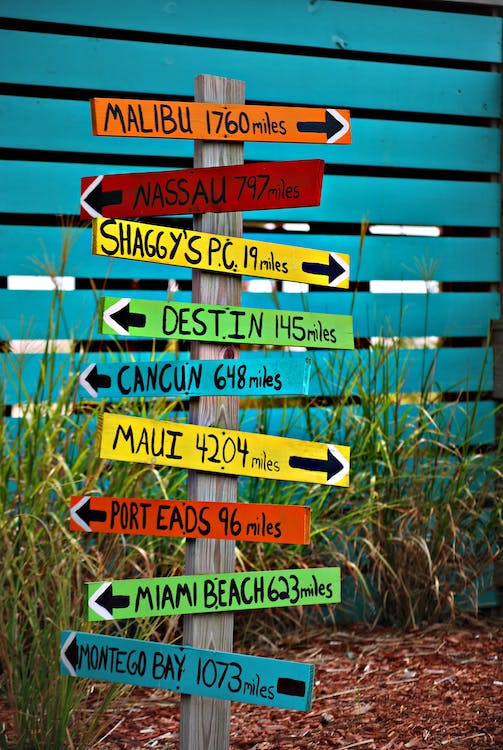
- Definition:
-
The place where a person is going.
-
El lugar al que se dirige una persona.
- Example:
-
What's your next holiday destination?
-
¿Cuál es tu próximo destino de vacaciones?
- Spanish word:
-
Destino
- Audio:
Fasten
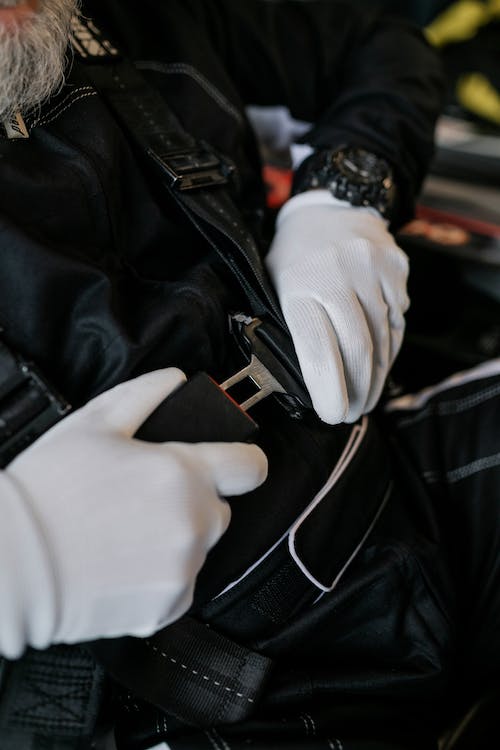
- Definition:
-
To fix one thing to another, usually by means of a mechanical device.
-
Cerrar o unir una cosa a otra, frecuentemente por medio de un montaje mecánico.
- Example:
-
Can you help me fasten this dress?
-
¿Puedes ayudarme a abrocharme el vestido?
- Spanish word:
-
Abrochar
- Audio:
Seatbelt
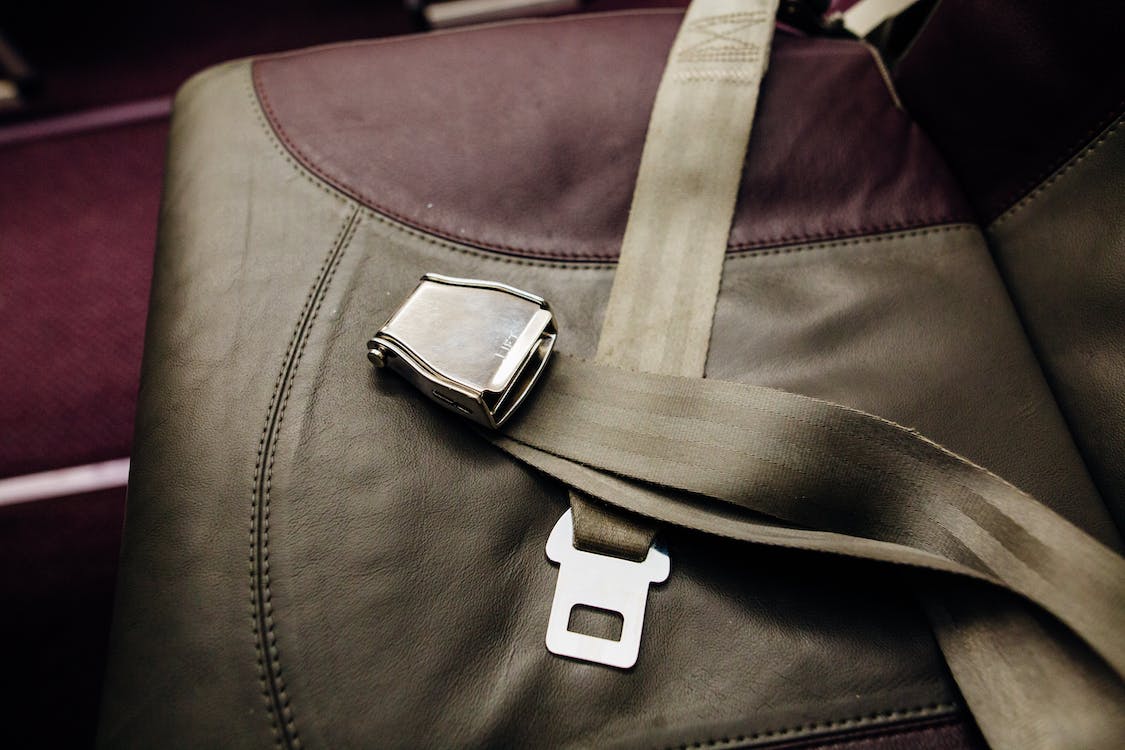
- Definition:
-
A strap that holds a person who travels in a vehicle or aircraft.
-
Una tira que sujeta a una persona que viaja en un vehículo o aeronave.
- Example:
-
The cabin crew said that we must fasten our seatbelts.
-
El tripulante de cabina de pasajeros ha dicho que tenemos que abrocharnos los cinturones.
- Spanish word:
-
Cinturón de seguridad
- Audio:
 Can you imagine sleeping under the moon and the stars?
Can you imagine sleeping under the moon and the stars? You are on holiday.
You are on holiday. You sleep under the moon and stars.
You sleep under the moon and stars. You ride a camel.
You ride a camel. You go to your favourite destination.
You go to your favourite destination. You will convince your class of your destination.
You will convince your class of your destination..png) This activity will help you with your final product.
This activity will help you with your final product.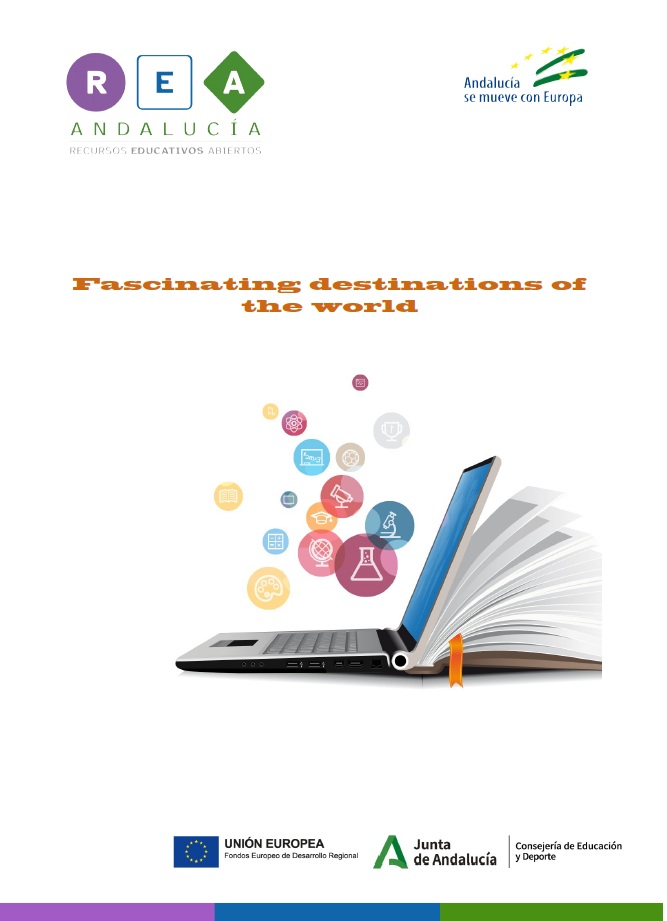
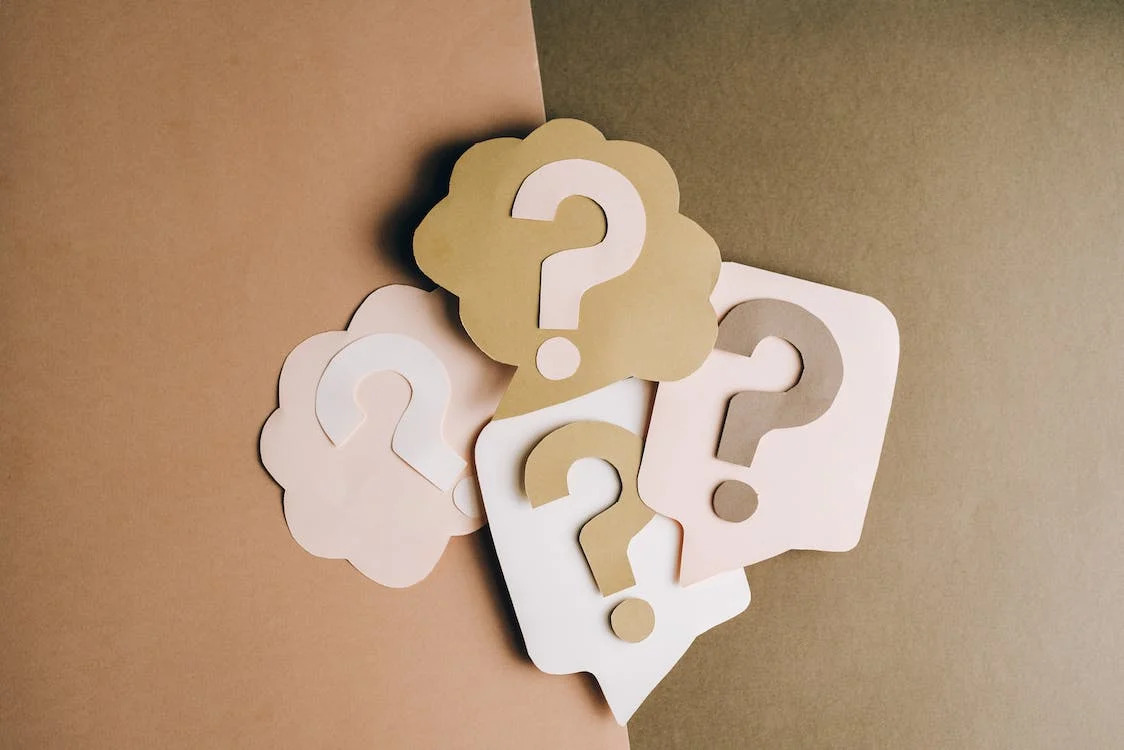 You ask questions to your partner.
You ask questions to your partner. You write the information in the blank spaces.
You write the information in the blank spaces.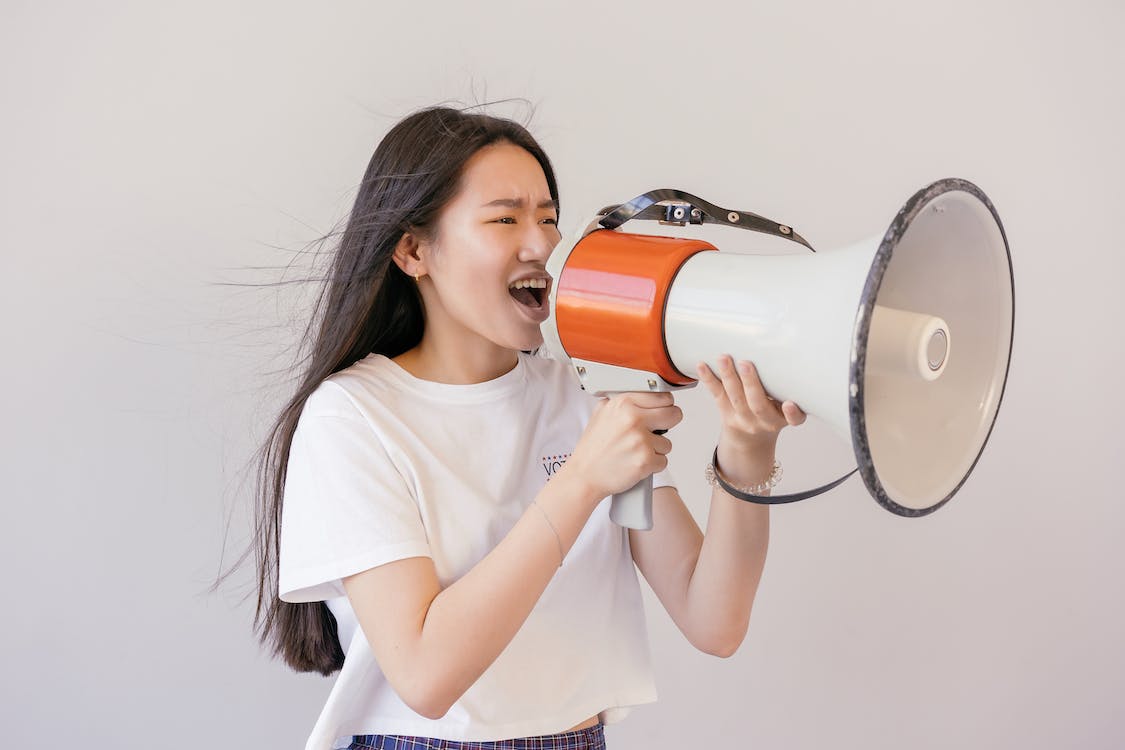 You share the results with your classmates.
You share the results with your classmates.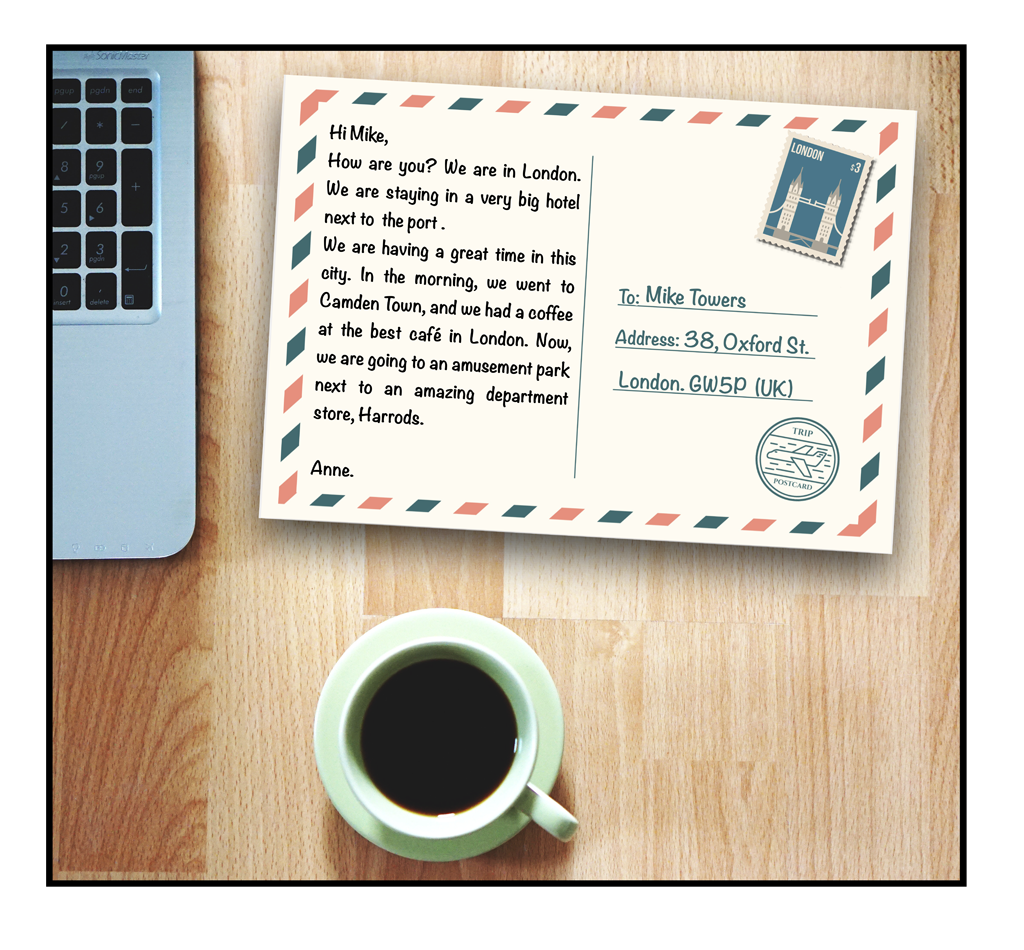

 1. You work in pairs.
1. You work in pairs.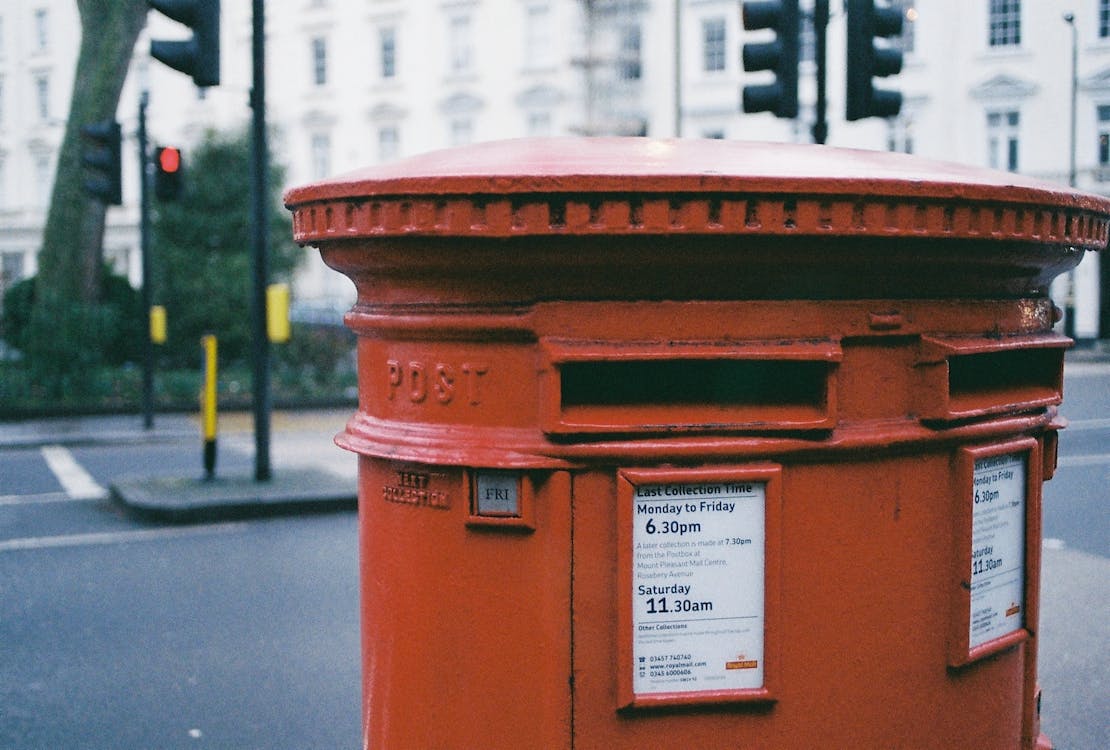 5. You send it to your friend.
5. You send it to your friend. 6. You record a video.
6. You record a video.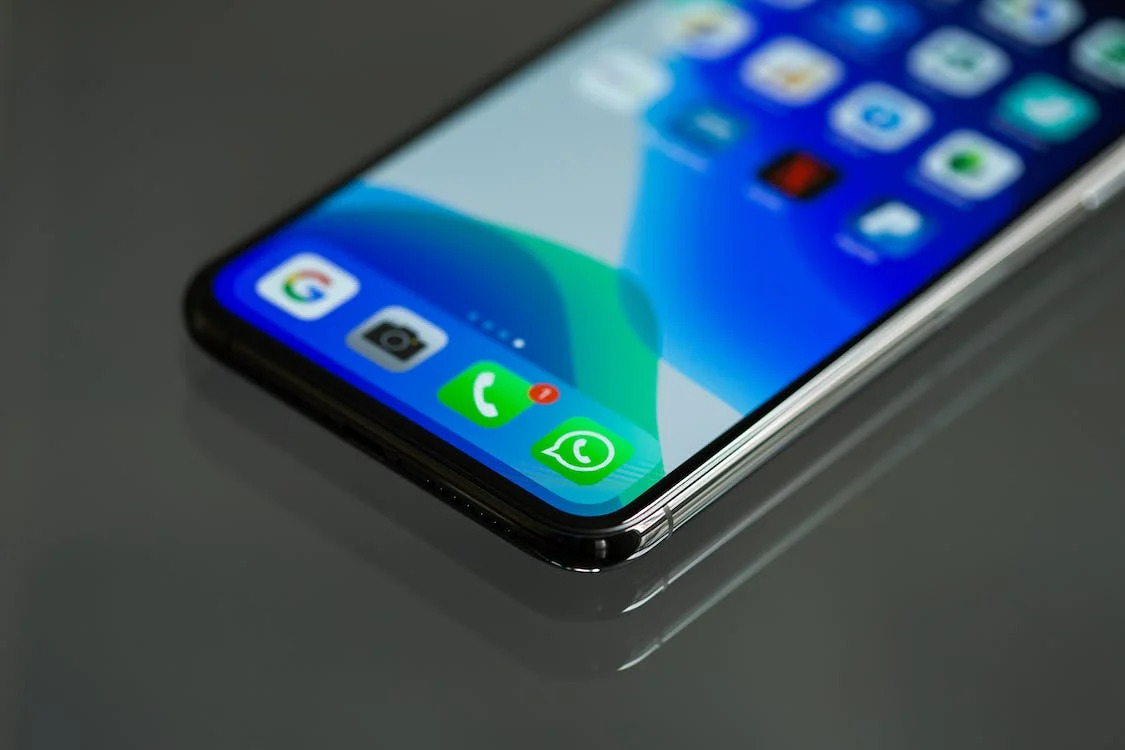 8. You sent it to the group of your classmates.
8. You sent it to the group of your classmates.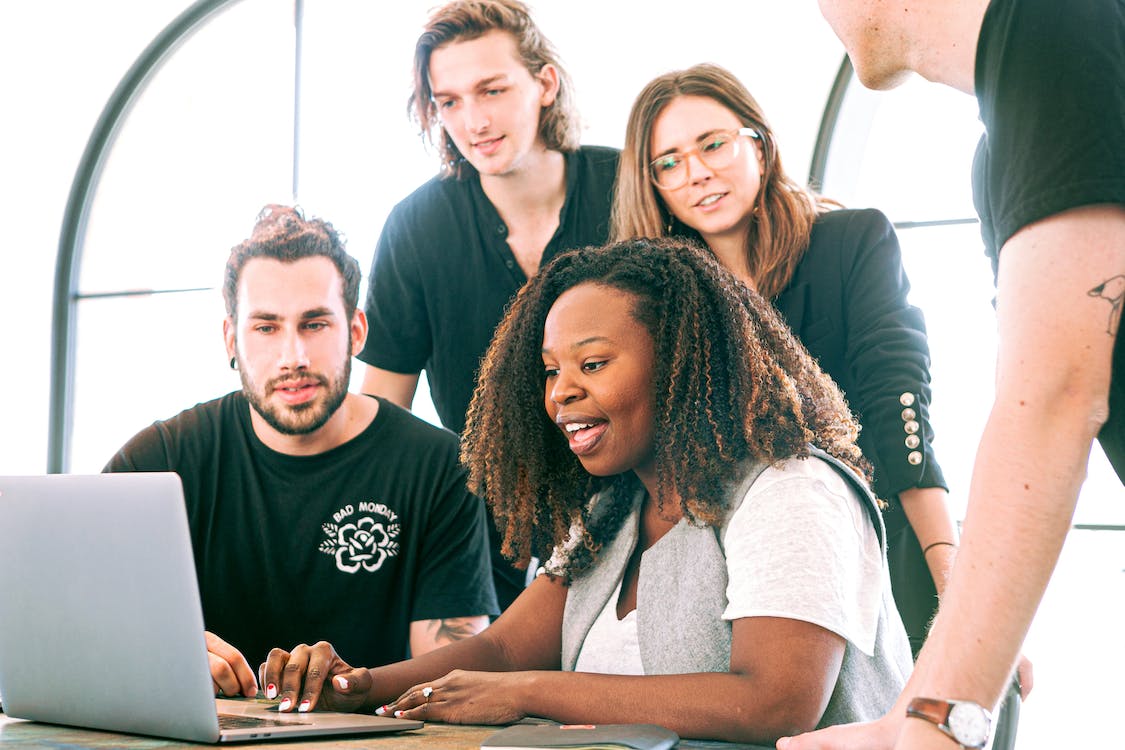 9. You show everybody the place.
9. You show everybody the place.